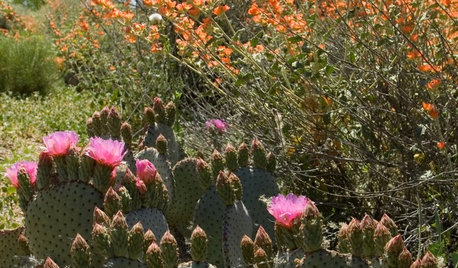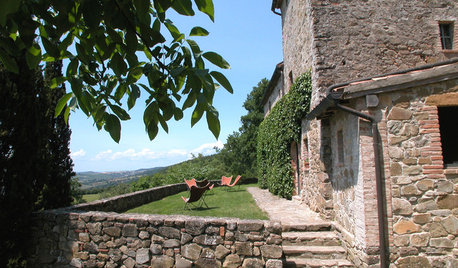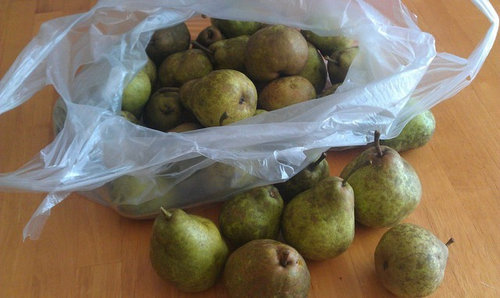Avoiding 'stones' in pears
emorems0
10 years ago
Featured Answer
Comments (14)
drew51 SE MI Z5b/6a
10 years agoemorems0
10 years agoRelated Professionals
Ashland Landscape Architects & Landscape Designers · Palm Springs Landscape Architects & Landscape Designers · Finneytown Landscape Architects & Landscape Designers · Anderson Landscape Contractors · Amesbury Landscape Contractors · Columbine Landscape Contractors · East Chicago Landscape Contractors · Essex Landscape Contractors · Hilton Head Island Landscape Contractors · Holtsville Landscape Contractors · Mashpee Landscape Contractors · Methuen Landscape Contractors · Mount Sinai Landscape Contractors · Pleasant Hill Landscape Contractors · Sun Valley Landscape Contractorsltilton
10 years agoScott F Smith
10 years agoinsteng
10 years agoScott F Smith
10 years agoemorems0
10 years agoltilton
10 years agoScott F Smith
10 years agolucky_p
10 years agoMyLan S
8 years agorphcfb14
8 years agoim_nephilim
8 years ago
Related Stories

PETS5 Finishes Pets and Kids Can’t Destroy — and 5 to Avoid
Save your sanity and your decorating budget by choosing materials and surfaces that can stand up to abuse
Full Story
BATHROOM DESIGN5 Common Bathroom Design Mistakes to Avoid
Get your bath right for the long haul by dodging these blunders in toilet placement, shower type and more
Full Story
ENTRYWAYS12 Ways to Avoid Entryway Chaos
Make Your Comings and Goings Better With a Bench, Mirror, Cubby and More
Full Story
EDIBLE GARDENSHow to Grow Your Own European and Asian Pears
Try these trees for their good looks, delicious fruit and wide range of sizes — plus you can espalier them
Full Story
GARDENING GUIDESGreat Design Plant: Beavertail Prickly Pear Wows With Color
The dazzling magenta flowers of this cactus will snag your heart — just beware the bristles that can stick in your skin
Full Story
TRAVEL BY DESIGN7 Romantic Vacation Rentals Built of Stone
Tuscany is calling. Or maybe England or even Texas. See if one of these enchanting gems has your traveling spirit's number
Full Story
SHOP HOUZZShop Houzz: A Pearl Paradise
Let the stone's elegant, opulent wonder give your home pearly appeal
Full Story
LANDSCAPE DESIGNThe Right Stone for Your Garden Design
Gravel, pebble, cobble and paddle: Stones vary in size and shape, and have different uses in the landscape
Full Story
LANDSCAPE DESIGNGarden Walls: Mortared Stone Adds Structure, Style and Permanence
Learn the pros and cons of using wet-laid stone walls in your landscape
Full Story










drew51 SE MI Z5b/6a